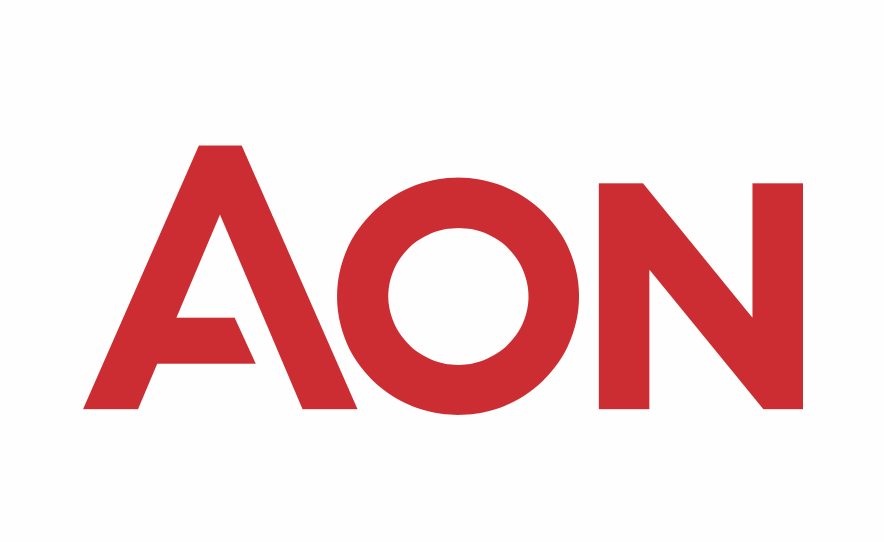Aon’s cat risk management survey reveals industry shortfalls and strategic priorities
- May 29, 2025
- Posted by: Taylor Mixides
- Category: Insurance

Aon, a global insurance and reinsurance broking group, has released its 2025 Catastrophe Risk Management Survey, gathering responses from senior insurance executives on how catastrophe modelling tools are used across key processes such as portfolio management, pricing, and response to natural disasters.
The publication of the survey follows Aon’s 1H 2025 Global Catastrophe Recap, which recorded the second-highest insured losses for any first half on record.
The report emphasises how the escalating cost of natural disasters is reinforcing the need for robust modelling capabilities within the insurance industry.
According to Aon’s findings, nearly half of the insurers surveyed—48 percent—do not currently license catastrophe models, and only 27 percent have dedicated teams to evaluate the models they use.
This highlights a significant gap in model utilisation and expertise that could affect how insurers assess risk, structure capital, and respond to disaster scenarios.
Aon noted that most insurers increasingly recognise the value of analytics in their operations. Over 80 percent of respondents consider analytics critical to both risk management and reinsurance placement. However, many of these companies operate with catastrophe teams of five or fewer people.
As a result, Aon observed a heavy reliance on reinsurance brokers to provide analytical insight, enabling insurers to interpret models more effectively, manage their portfolios, and respond quickly when disasters occur.
The survey also showed strong support for models grounded in scientific and engineering rigor. More than 70 percent of respondents said such foundations are essential when applying models to underwriting, capital management, and reinsurance strategies. When choosing which models to license, 44 percent of participants prioritized the soundness and logic of the modelling methodology.
Aon also highlighted regional variation in how insurers approach catastrophe risk. For instance, US-based companies tend to adopt new catastrophe models more quickly and with less emphasis on climate change impacts, whereas insurers in the UK and across EMEA typically take a slower approach to adoption while giving more weight to climate-related considerations.
Preferences for catastrophe model providers were also found to differ from region to region, further emphasising the localised nature of risk strategies.
Throughout the survey, Aon identified a number of common concerns facing insurers. Data quality was frequently cited, with 68 percent of participants indicating they are actively working to improve property data and location accuracy. Concerns around model transparency also featured prominently, with insurers pointing to instances where projected losses did not align with actual claims experience.
Accumulation risk management emerged as another challenge, and Aon noted that many respondents depend on their reinsurance brokers for tools to manage exposure aggregation.
Despite wide recognition of the threat posed by non-modelled losses, only 20 percent of insurers said they adjust their risk views to account for them. Meanwhile, 68 percent of respondents are seeking better methods for incorporating climate change into their modelling and risk planning.
Katie Carter, Head of View of Risk Advisory for Aon in the Americas, commented: “In an increasingly complex and volatile global risk environment, our survey highlights the importance of re/insurers implementing a multi-model, risk-level catastrophe management strategy that incorporates the latest climate science.
“It also reveals that risk management strategies vary regionally and must be considered when identifying appropriate risk transfer mechanisms to optimise utilisation of capital. Taking such steps can lead to better business decisions, and a generally more robust global re/insurance industry.”



